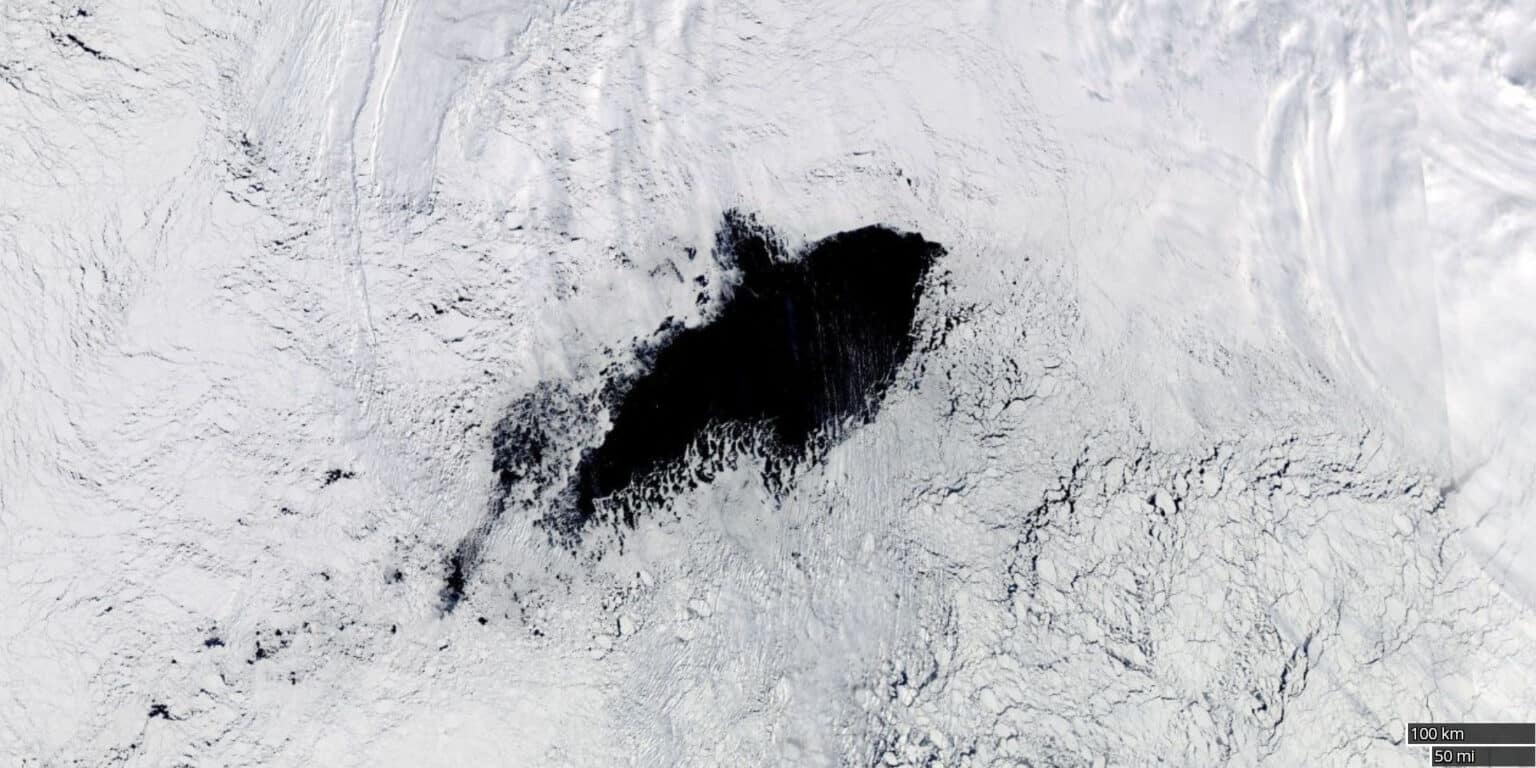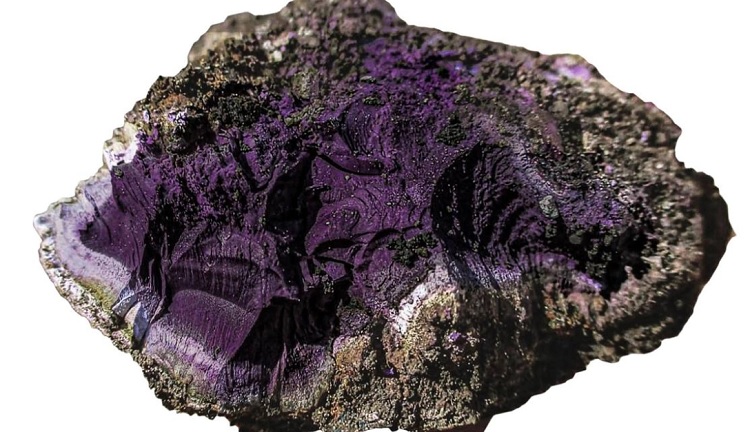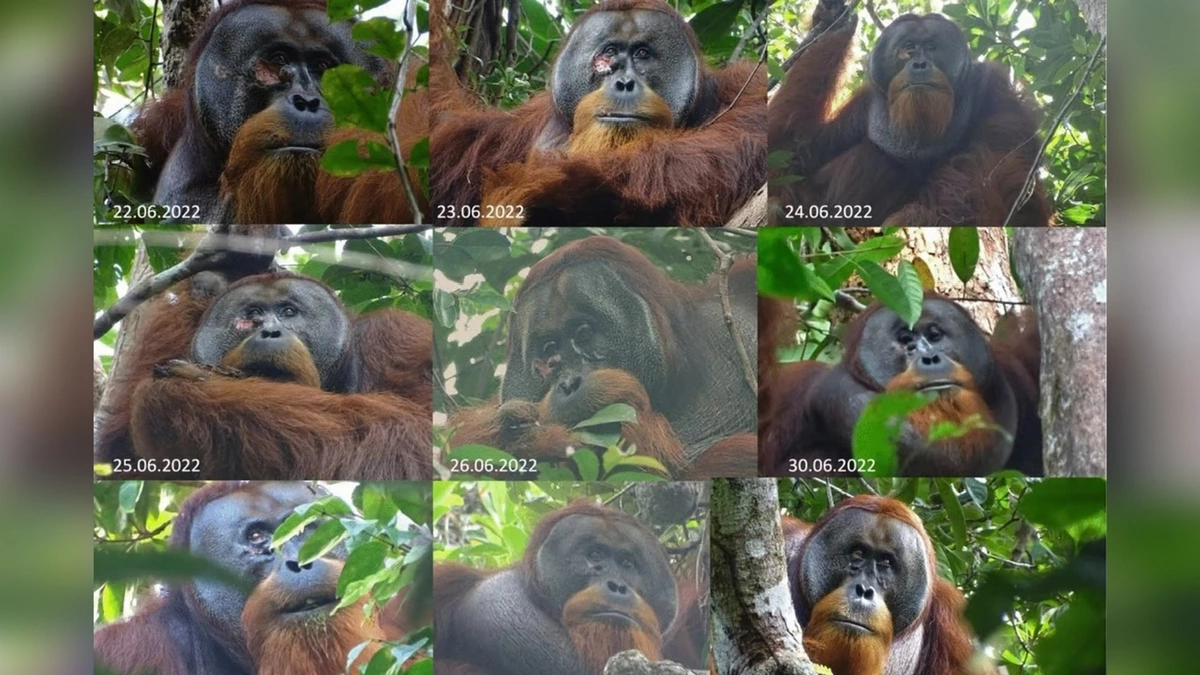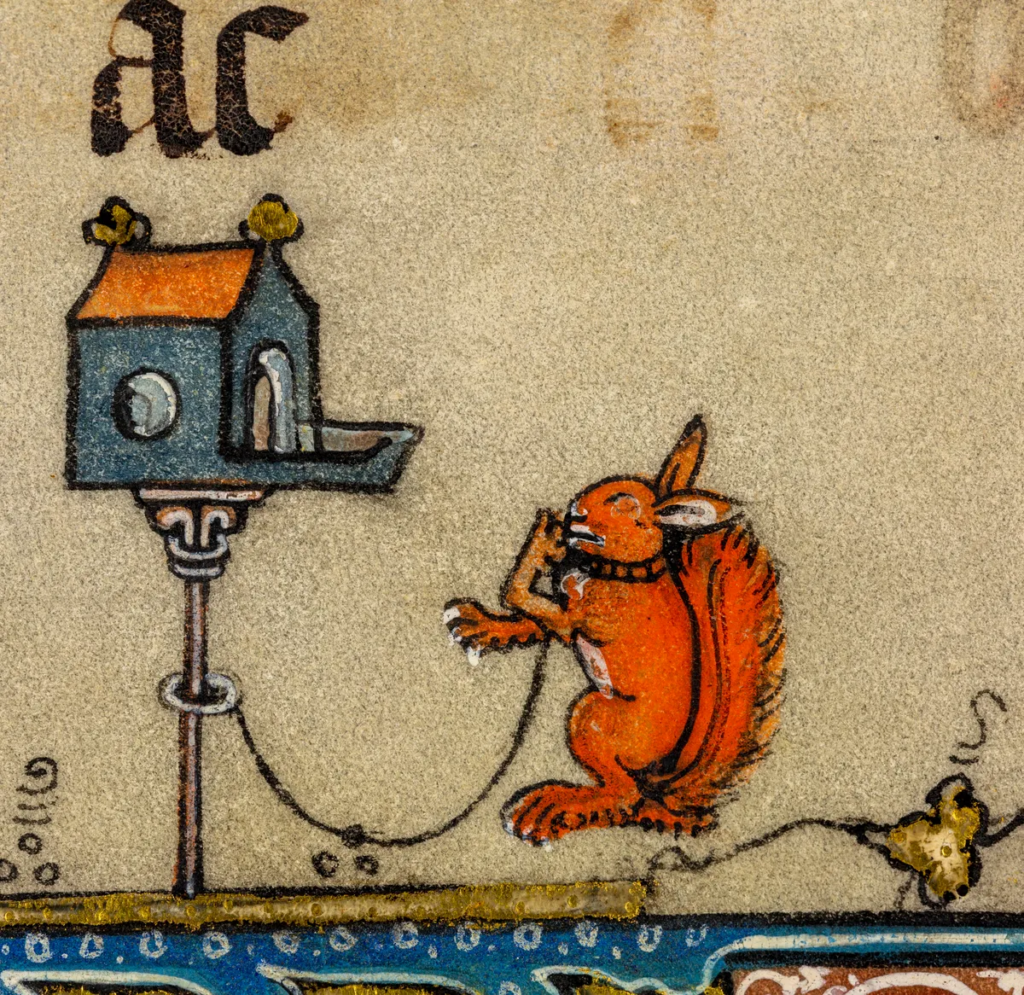The accusation that our ancestors were the main reason for the extinction of the woolly rhinoceros has been removed. At least, this is what Swedish scientists think, who found out that these animals were destroyed by climate change.
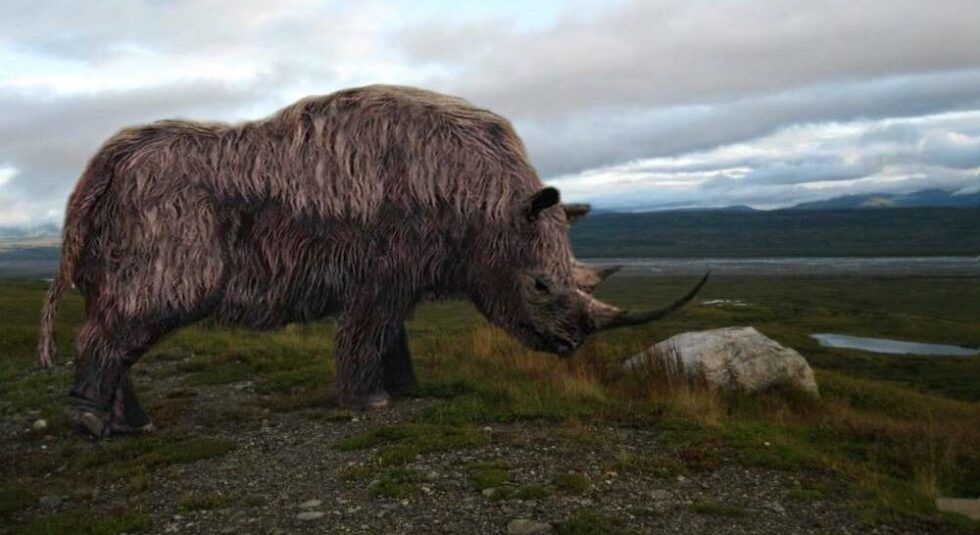
The work was carried out by researchers from the Paleogenetics Center (a joint institution of Stockholm University and the Swedish Museum of Natural History). The extinction of prehistoric megafauna — mammoths, cave lions, and woolly rhinoceroses — was often linked to the activities of our ancestors, who exterminated these species as a result of excessive hunting. Scientists have shown that the extinction of woolly rhinos could have another cause - climate change.
"At first it was believed that people appeared in northeastern Siberia 14-15 years ago, that is, around the time when the woolly rhinoceros disappeared. But recently, several discoveries of more ancient places of human habitation have been made, the most famous of which date back to about 30 thousand years ago. So the decline in the number of rhinos does not coincide with the appearance of our ancestors in this region," says the lead author of the paper, professor of evolutionary genetics at the Center for Paleogenetics Love Dalen.
Scientists sequenced the ancient DNA (a nuclear genome about 18,5 thousand years old and 14 mitochondrial genomes between more than 50 and up to 14,1 thousand years old) of individuals of these animals and found that their population remained stable until quite did not disappear quickly. This happened in just a few thousand years. "We found that after an increase in numbers, the rhinoceros population at the beginning of the cold period, about 29 thousand years ago, remained constant, and inbreeding was low," reports co-author of the study Nicholas Dussex.
But even after that, as scientists say, no decrease in the number of animals was observed. Population reduction began only 18,5 years ago and continued until the figure of 14 years ago, that is, more than 10 years after the appearance of people in these parts. Scientists intend to study this interval of 4,5 thousand years, which is crucial for woolly rhinoceroses.
It was during this period that the temperature on the planet began to rise, which happened in two stages. After examining DNA samples from woolly rhinos living at that time, geneticists saw mutations in their genomes that resulted from mutations to warmer climates. Probably, the ancient creatures simply did not have time to adapt to it - the climate changed too sharply.
However, scientists do not remove full responsibility for the extermination of woolly rhinos from our ancestors: their conclusions are still preliminary. Geneticists do not rule out that humans could have contributed to the disappearance of these animals, but they are unlikely to have been the main cause of their death.


 332
332


